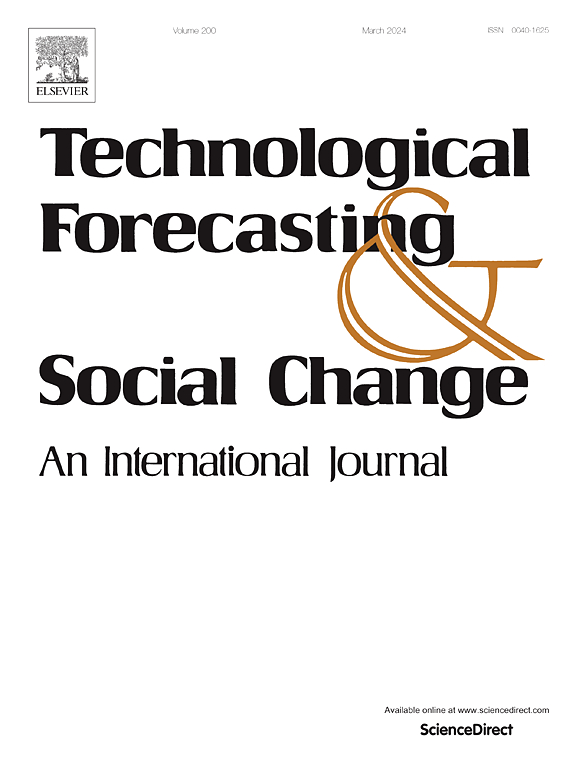Antecedents of consumers' acceptance of central bank digital currency: The role of technology perceptions, social influence and personal traits
IF 13.3
1区 管理学
Q1 BUSINESS
Technological Forecasting and Social Change
Pub Date : 2025-05-09
DOI:10.1016/j.techfore.2025.124192
引用次数: 0
Abstract
Central bank digital currency (CBDC) has recently been a hot topic in both theory and practice. However, previous studies have focused minimally on consumers' CBDC acceptance behavior, which is the precondition of CBDC's successful implementation. This study aims to investigate antecedents of consumers' CBDC acceptance behavior. To this end, this study constructs a holistic conceptual framework that considers consumers' technology perceptions, social influence, and personal traits based on the technology acceptance model (TAM). Survey data on 621 potential CBDC consumers were analyzed using partial least square structural equation modeling (PLS-SEM) and deep learning-based artificial neural networks (ANN). The PLS-SEM results indicate that perceived compatibility, perceived ease of use, perceived security, perceived usefulness, and absorptive capacity all positively influence consumers' CBDC usage intention. Subjective norms indirectly affect consumers' CBDC usage intention via perceived usefulness. Personal innovativeness does not affect consumers' CBDC usage intention. The ANN results demonstrate that technology perceptions (perceived compatibility, perceived ease of use, perceived security, and perceived usefulness) are more important than personal traits (absorptive capacity) and social influence (subjective norms). This study extends the TAM to comprehensively comprehend consumers' CBDC acceptance behavior and furnishes major implications to promote CBDC applications.
消费者接受央行数字货币的前因:技术认知、社会影响和个人特质的作用
近年来,中央银行数字货币(CBDC)在理论和实践中都是一个热门话题。然而,以往的研究很少关注消费者的CBDC接受行为,这是CBDC成功实施的前提。本研究旨在探讨消费者CBDC接受行为的前因。为此,本研究基于技术接受模型(TAM)构建了一个考虑消费者技术感知、社会影响和个人特质的整体概念框架。利用偏最小二乘结构方程模型(PLS-SEM)和基于深度学习的人工神经网络(ANN)对621名潜在CBDC消费者的调查数据进行了分析。PLS-SEM结果表明,感知兼容性、感知易用性、感知安全性、感知有用性和吸收能力均对消费者的CBDC使用意愿产生正向影响。主观规范通过感知有用性间接影响消费者CBDC使用意愿。个人创新不影响消费者的CBDC使用意愿。人工神经网络结果表明,技术感知(感知兼容性、感知易用性、感知安全性和感知有用性)比个人特征(吸收能力)和社会影响(主观规范)更重要。本研究对TAM进行了扩展,全面理解了消费者的CBDC接受行为,对促进CBDC的应用具有重要意义。
本文章由计算机程序翻译,如有差异,请以英文原文为准。
求助全文
约1分钟内获得全文
求助全文
来源期刊
CiteScore
21.30
自引率
10.80%
发文量
813
期刊介绍:
Technological Forecasting and Social Change is a prominent platform for individuals engaged in the methodology and application of technological forecasting and future studies as planning tools, exploring the interconnectedness of social, environmental, and technological factors.
In addition to serving as a key forum for these discussions, we offer numerous benefits for authors, including complimentary PDFs, a generous copyright policy, exclusive discounts on Elsevier publications, and more.

 求助内容:
求助内容: 应助结果提醒方式:
应助结果提醒方式:


